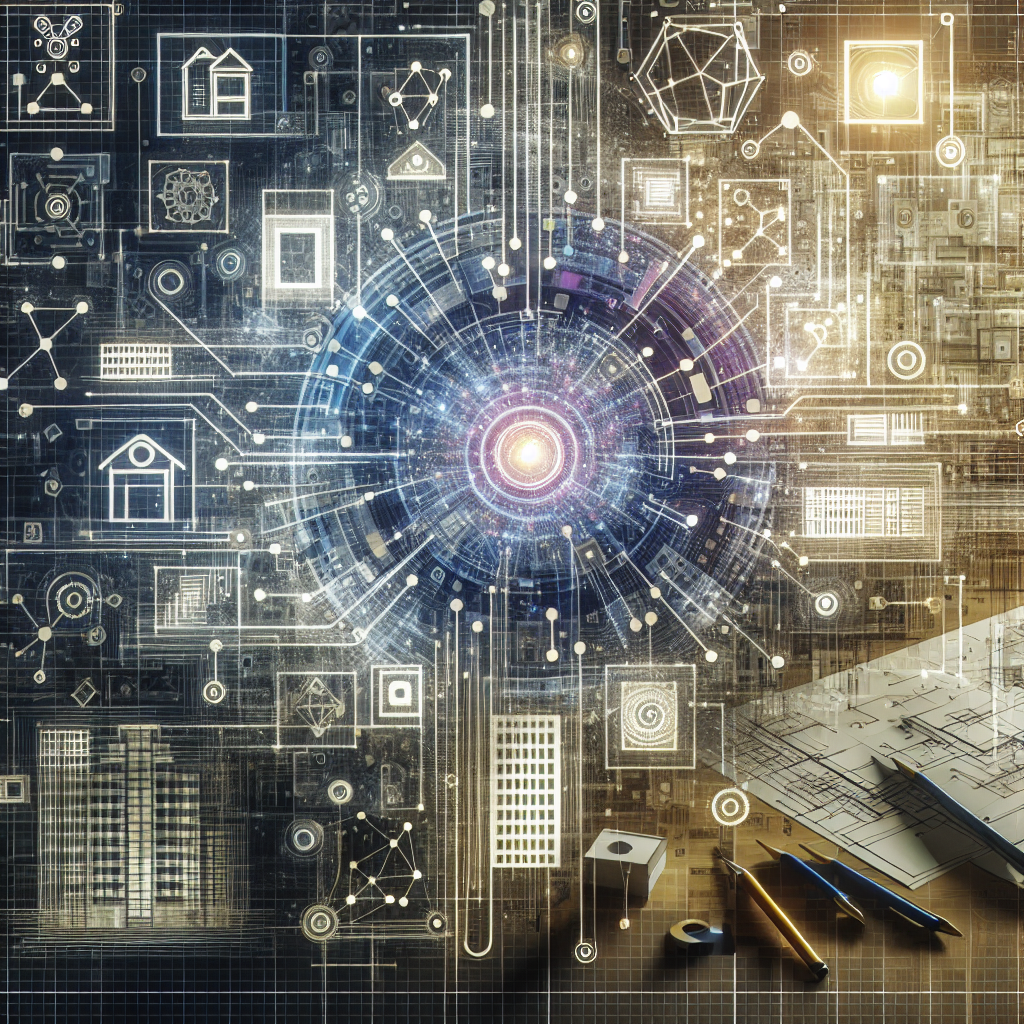Artificial Intelligence (AI) has been making waves in various industries, and architecture is no exception. AI is revolutionizing the way architects design and build structures, enhancing the design process and improving efficiency. From generating design options to optimizing building performance, AI is changing the way architects work and pushing the boundaries of what is possible in architecture.
One of the key benefits of AI in architecture is its ability to generate design options quickly and efficiently. AI algorithms can analyze vast amounts of data and generate design solutions based on specific parameters and objectives. This allows architects to explore a wider range of design possibilities in a shorter amount of time, enabling them to make more informed decisions and create more innovative and unique designs.
AI is also being used to optimize building performance by analyzing various factors such as energy consumption, natural lighting, and ventilation. By simulating different design scenarios and evaluating their impact on building performance, architects can design more sustainable and efficient buildings that are better suited to the needs of their users.
Another way AI is enhancing the design process in architecture is through the use of generative design tools. These tools use algorithms to generate and evaluate design options based on a set of constraints and objectives. This allows architects to quickly explore different design solutions and find the best possible outcome for a given project.
AI is also being used to improve the efficiency of the construction process. By analyzing construction schedules, material costs, and other factors, AI algorithms can help architects and builders optimize the construction process and reduce waste. This can lead to cost savings, faster project delivery, and a more sustainable approach to building.
However, despite the many benefits of AI in architecture, there are also some challenges and concerns that need to be addressed. One of the main concerns is the potential loss of creativity and human touch in the design process. While AI can help architects generate design options and optimize building performance, it is important to remember that creativity and innovation are still essential components of good design.
Another concern is the potential impact of AI on the job market. As AI becomes more prevalent in architecture, there is a risk that some jobs may be automated, leading to job displacement for some workers. It is important for architects to stay informed about the latest developments in AI and to adapt their skills and expertise accordingly.
Overall, AI has the potential to revolutionize the way architects work and to push the boundaries of what is possible in architecture. By leveraging the power of AI, architects can design more innovative and sustainable buildings, optimize building performance, and improve the efficiency of the construction process. While there are challenges and concerns that need to be addressed, the benefits of AI in architecture are clear and will continue to shape the future of the industry.
FAQs:
Q: How is AI being used in architecture?
A: AI is being used in architecture to generate design options, optimize building performance, improve the efficiency of the construction process, and enhance the design process overall.
Q: What are some of the benefits of AI in architecture?
A: Some of the benefits of AI in architecture include the ability to generate design options quickly and efficiently, optimize building performance, and improve the efficiency of the construction process.
Q: Are there any concerns about the use of AI in architecture?
A: Some concerns about the use of AI in architecture include the potential loss of creativity and human touch in the design process, as well as the impact of AI on the job market.
Q: How can architects adapt to the use of AI in their practice?
A: Architects can adapt to the use of AI in their practice by staying informed about the latest developments in AI, learning how to leverage AI tools and technologies, and adapting their skills and expertise accordingly.

